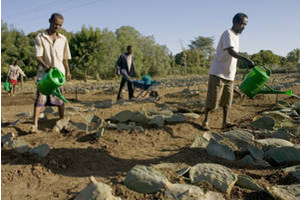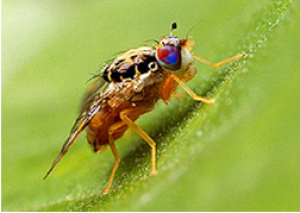|
Gene Editing of Grain Size Genes Leads to Better Rice Appearance and Yield
Thursday, 2024/08/22 | 08:45:11
|
|
Researchers from the Rice Research Institute of Guangxi Academy of Agricultural Sciences in China reported the successful gene editing of grain size genes improves three-line hybrid rice parents to increase the appearance quality and yield of hybrid rice. Their findings are published in Theoretical and Applied Genetics journal.
Grain size is a crucial factor influencing rice yield and quality. Thus, the researchers used CRISPR-Cas9 to improve the grain size gene in both maintainer and restorer rice lines. New sterile and restorer lines with altered grain size were created by targeting three genes: GS3, TGW3, and GW8.
Mutations in three genes primarily affected grain size and thousand-grain weight, with minimal impact on other agronomic traits. In particular, gw8/gw8 combination reduced grain width; gs3/gs3 increased grain length, with a more pronounced effect when combined with gw8/gw8; and gw8(I) allele contributed more to grain length increase than gw8(II). Slender grain varieties exhibited cylindrical shape, uniform endosperm cells, and tightly packed starch grains. Combinations of gs3 and gw8 mutations enhanced endosperm development and improved grain appearance.
Based on the results, the authors concluded that precise manipulation of grain size genes can lead to hybrid rice varieties with high yield and superior quality.
Download the open-access article for more information. See https://www.isaaa.org/kc/cropbiotechupdate/ged/article/default.asp?ID=20927
|
|
|
|
[ Other News ]___________________________________________________
|


 Curently online :
Curently online :
 Total visitors :
Total visitors :



















